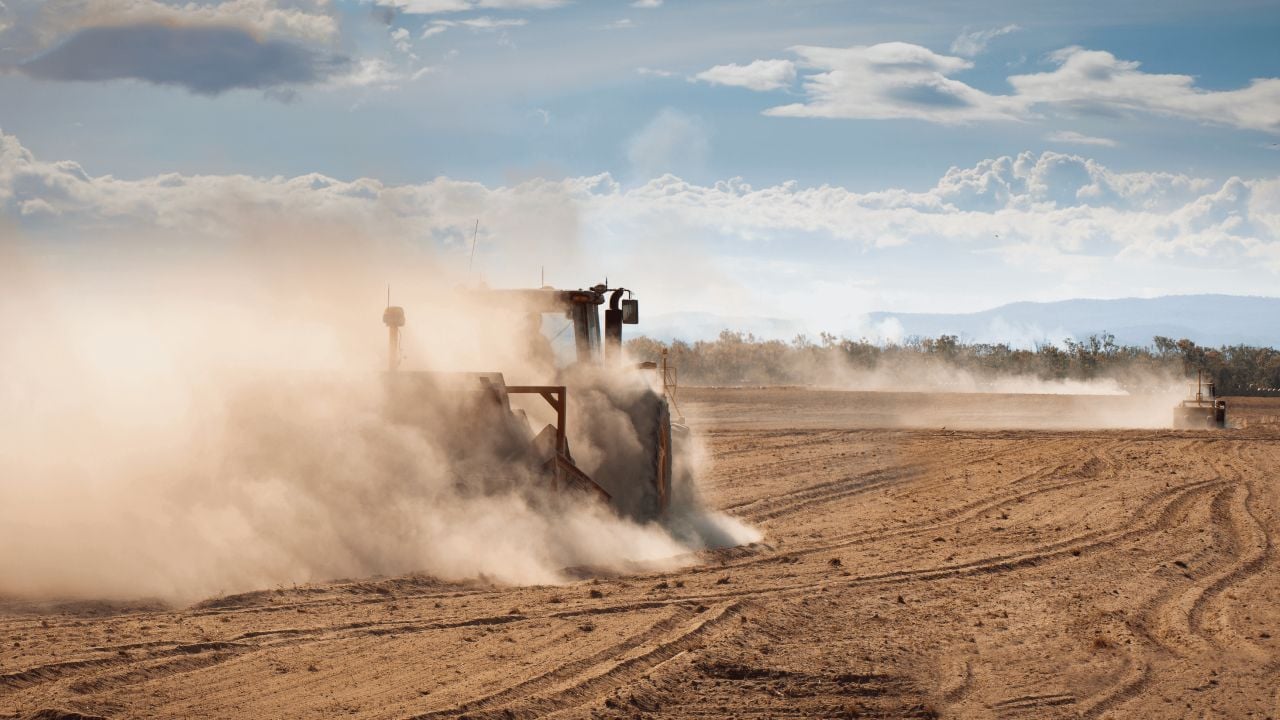
If Congress cuts billions in climate-smart funding for agriculture in the Inflation Reduction Act, or IRA, to increase farm subsidies, U.S. farmers could soon become the nation’s leading source of greenhouse gas emissions.
Farmers would also lose out, since most are not eligible for farm subsidies. Farmers in states like California, Michigan, New York and Pennsylvania would likely get millions less of the funding currently set aside through the IRA to help them incorporate practices that reduce greenhouse gas emissions.
What’s at stake
Emissions from the agricultural industry represent at least 11 percent of all U.S. emissions, according to the Environmental Protection Agency. That includes emissions from livestock and crop production. But it doesn’t take into account emissions from land clearing and fertilizer production, which means agriculture’s share of emissions is likely much higher.
Unlike other industries, which are increasingly implementing climate-friendly solutions to reduce their emissions, agriculture’s share of U.S. greenhouse emissions continues to grow. So without meaningful intervention by Congress, its contributions to the climate crisis will surpass those of all other industries by 2050.
Many farmers and ranchers have offered to share the cost of practices that reduce greenhouse gas emissions or meet other environmental goals. But nearly two-thirds have been turned away due to lack of funding.
Rewarding farmers who take steps to reduce nitrous oxide and methane emissions is critical to meeting our climate goals.
How to avoid dealing with the climate emergency, step 1: Increase subsidies to already wealthy farmers
Some Republicans are proposing that commodity subsidies increase in the 2023 Farm Bill. For example, according to Politico, Rep. Austin Scott (R-Ga.) has said that reference prices for the Price Loss Coverage program must grow in the farm bill. The program triggers payments to producers when market prices fall below a guaranteed level.
Many farm groups also want to increase price guarantees for commodity subsidies – even though farmers producing these crops have earned record prices, and farm bankruptcies are at their lowest levels in decades. These subsidies overwhelmingly flow to the largest farmers – in 2021, the top 10 percent of subsidy recipients got 66 percent of all payments. Price Loss Coverage payments totaled $17 billion between 2015 and 2021.
An increase in funding for subsidy programs will mostly benefit the largest farms that grow covered commodities. In fact, less than 30 percent of farmers and ranchers receive commodity subsidies.
A recent EWG analysis found that shifting $19.5 billion in IRA funds from climate-smart farm stewardship practices to farm subsidies would mean many key farm states would receive less federal funding over the next three years.
California, the state where most of the U.S. food supply is grown, would be the biggest loser, missing out on over $715.2 million. Pennsylvania, represented by House Agriculture Committee Chair Glen “GT” Thompson (R-Pa.), would lose more than $226.2 million. New York would get almost $130.5 million less, and Michigan farmers would see almost $76.4 million disappear.
Other states would also lose funding if IRA funds were used to increase subsidies.
How to avoid dealing with the climate emergency, step 2: Use the Inflation Reduction Act as a slush fund
Because baseline funding in this farm bill will likely stay as it was in the 2018 Farm Bill, any increases in support for one program will have to come from another.
To find this money in a limited budget, Republican lawmakers may turn their attention next to IRA funds set aside for climate-smart agriculture. The $19.5 billion was designated for four Department of Agriculture conservation programs to help farmers reduce their greenhouse gas emissions.
As described in Politico, Thompson wants to take some of that $19.5 billion and put it into the farm bill baseline, urging his fellow lawmakers “to consider removing guardrails” on how those funds must be spent.
Lost in the shuffle: Climate-smart agriculture
A 2022 EWG analysis of spending in two tentpole USDA conservation programs found that of $7.4 billion paid to farmers between 2017 and 2020, only a small part went to practices the USDA itself has designated climate-smart.
The 2023 Farm Bill should make reform of these programs a priority to ensure conservation funding targets practices that will combat climate change – and help farmers adapt to the increasingly extreme weather conditions wrought by the climate emergency.
And the IRA must be allowed to remain intact to help accelerate climate-smart programs that lessen agriculture’s significant and growing contributions to the climate crisis.


